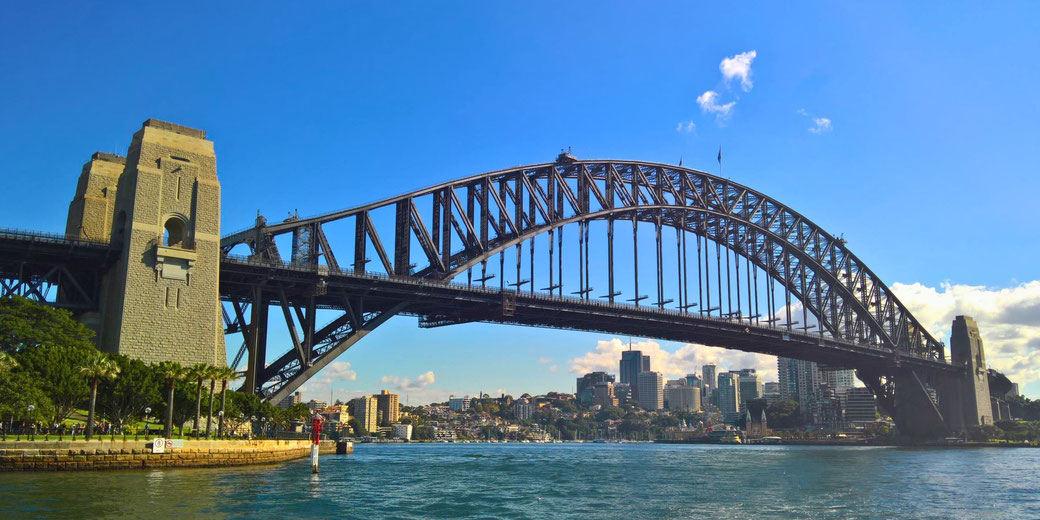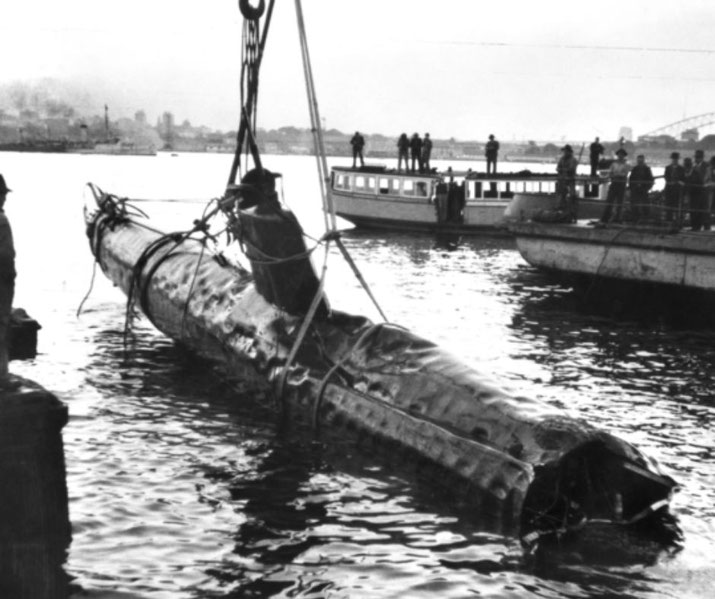When WWII struck the heart of Australia: Japan's midget submarine attack on Sydney Harbour

On the night of 31 May 1942, the Second World War reached the Australian mainland when three Japanese midget submarines slipped into Sydney Harbour and launched a surprise attack that killed 21 sailors and damaged an Allied vessel.
The incident exposed Australia’s weakness and created widespread fear that a direct invasion could follow. What they didn't know at the time, was that the attack formed part of Japan’s wider strategy to disrupt Allied operations in the Pacific and to weaken Australian morale at a time when the war in the region appeared to support Japanese expansion.
Australia's vulnerable position in 1942
At the time, Australia was facing one of the darkest periods in its history in 1942.
By the beginning of that year, Japan had achieved quick victories across Southeast Asia and the Pacific.
Its forces had captured Hong Kong, Malaya, Singapore, Burma, and the Dutch East Indies.
In particular, the fall of Singapore on 15 February 1942 removed Britain’s principal stronghold in the region and left Australia exposed to attack.
Japanese forces then advanced through New Guinea, which threatened Australia’s northern approaches.
Then, the bombing of Darwin on 19 February 1942, which killed at least 235 people, showed the weakness of northern Australia to enemy raids.
Naval battles in the Coral Sea and at Midway temporarily checked Japanese advances, yet the Imperial Japanese Navy still controlled large parts of the Pacific.
The presence of Japanese submarines along the Australian coast became increasingly common, and several merchant vessels were sunk or damaged by submarine attacks, which created a sense of insecurity in coastal communities.
What were Japanese midget submarines?
Japanese midget submarines were small two-man submarines designed for stealth attacks against enemy ships in harbours or near coastal targets.
Each vessel measured about 24 metres in length and had a displacement of around 46 tons.
They were powered by batteries for silent underwater running and carried two 450 mm torpedoes.
However, their limited range meant that they had to be carried to the target area by a larger mother submarine, which released them close to the coast.
The Imperial Japanese Navy had first used these submarines in the attack on Pearl Harbor on 7 December 1941.
Their crews undertook dangerous missions with little chance of survival, as the submarines lacked sufficient range to escape after launching an attack.
The craft were intended to create panic and disruption rather than to destroy entire fleets.
As a result, the crews were selected for their skill and willingness to undertake missions that were often suicidal in nature.

Planning the attack on Sydney Harbour
Japanese naval commanders planned the attack on Sydney Harbour as part of a wider campaign to harass Allied forces along the Australian coast.
The harbour contained numerous Allied warships, including the heavy cruiser USS Chicago, which had been in Sydney for several days.
Japanese reconnaissance flights over Sydney provided intelligence on shipping movements and harbour defences.
In particular, Submarine I-21 carried out an aerial reconnaissance mission on 23 May using a small floatplane.
The plan involved five large Japanese submarines: three of them carried midget submarines, while the other two operated nearby to assist the mission.
The submarines left Truk Lagoon in the Caroline Islands and travelled south toward Australia.
By 29 May, the vessels were in position near Sydney. The commanders intended the attack to take place at night to increase the chances of the midget submarines penetrating the harbour defences undetected.
What happened when they attacked Sydney Harbour?
On the evening of 31 May 1942, the three midget submarines were launched from their mother submarines about 13 kilometres from Sydney Harbour.
The first submarine became caught in the boom net near the harbour entrance at around 8 pm.
After repeated attempts to free it, the crew blew themselves up at about 10:30 pm, killing themselves.
The explosion alerted Australian defenders, but confusion delayed a full response.
The second submarine crossed the harbour defences shortly before 10 pm and fired its torpedoes at around 12:30 am on 1 June.
Both torpedoes missed their target, USS Chicago. One ran aground on Garden Island without exploding.
The other passed under the Dutch submarine K-IX and struck the depot ship HMAS Kuttabul, which was converted into accommodation for sailors.
The explosion sank the vessel and killed 21 sailors, including 19 Australians and 2 British servicemen.
The third submarine entered the harbour but failed to hit any ships. It managed to exit the harbour during the night and was later lost at sea.
Australian vessels attempted to pursue it, but it got away. In the following days, the two midget submarines that had been destroyed or disabled in the harbour were discovered, with their crews dead inside their craft.
The wreck of the third submarine was not located until 2006.
Australia's military response
Australian forces responded with heightened coastal patrols and anti-submarine measures after the attack.
Naval units scoured the harbour to locate the submarines and to recover the bodies of the Japanese sailors.
The recovered submarines were studied to gain information about Japanese technology and tactics.
Also, the Royal Australian Navy increased the number of boom defences and anti-submarine nets in Sydney and other major harbours.
Air and sea patrols along the coast increased to protect Allied shipping even though Japanese mother submarines continued to attack shipping off the Australian coast for several months, sinking several merchant vessels and causing further casualties.
Ultimately, the attacks strengthened the need for stronger coastal defences and improved coordination between military units.
The Australian public's reaction
The attack shocked the Australian public. Many people in central Sydney heard the explosion that sank HMAS Kuttabul, which created panic about possible further attacks.
Newspapers published detailed accounts of the incident, which heightened fears of a Japanese invasion.
As a result, residents in coastal cities and towns began to construct air raid shelters, and authorities increased civil defence measures.
Public ceremonies honoured the sailors who died in the attack. The bodies of the Japanese submariners were recovered and buried with military honours at Rookwood Cemetery before being repatriated to Japan in 1943.
The attack became a powerful reminder to Australians that the war had reached their shores, but it also strengthened public support for the war effort and strengthened the belief that Australia needed to rely on American support rather than British defence commitments in the Pacific.
What do you need help with?
Download ready-to-use digital learning resources
Copyright © History Skills 2014-2025.
Contact via email
With the exception of links to external sites, some historical sources and extracts from specific publications, all content on this website is copyrighted by History Skills. This content may not be copied, republished or redistributed without written permission from the website creator. Please use the Contact page to obtain relevant permission.





